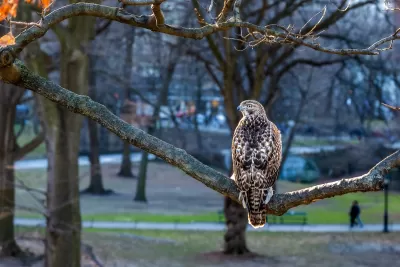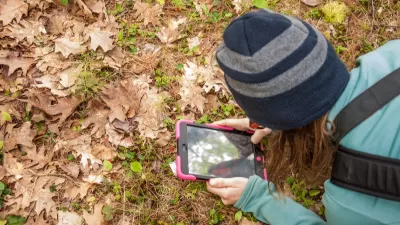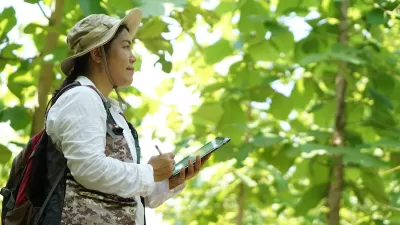The City Nature Challenge invites people worldwide to document urban biodiversity by photographing and sharing wild plants and animals through the iNaturalist app, helping scientists track and understand real-time changes in ecosystems.

The City Nature Challenge is a global event happening from April 25 to April 28, 2025, inviting individuals of all ages and backgrounds to explore and document the wild plants, animals, and fungi in their surroundings. This initiative aims to engage community scientists, nature enthusiasts, and everyday observers to contribute to tracking real-time biodiversity changes. By sharing photographs of wildlife, participants help scientists better understand the planet’s ecosystems and advance wildlife conservation efforts.
Participation is simple and starts at home. Observers can explore their homes, backyards, or neighborhoods to find wild plants, insects, or animals—whether it is a bird on a powerline, a weed sprouting in the yard, or an insect scurrying under leaves. Local parks also provide excellent opportunities to discover different species by checking grass, plants, benches, and trees. Safety is paramount, so participants are encouraged to be mindful of their surroundings when exploring and documenting wildlife.
To join, download the iNaturalist app and follow four easy steps: locate wildlife in your area, take photos of wild plants and animals, share your findings through the app, and engage with the community as your observations are identified. Remember to mark anything planted or cared for by people as “captive” or “cultivated” to ensure accurate data. By participating in the City Nature Challenge, you will not only contribute to global biodiversity research but also gain a deeper appreciation for the natural world around you.
FULL STORY: 2025 City Nature Challenge

Maui's Vacation Rental Debate Turns Ugly
Verbal attacks, misinformation campaigns and fistfights plague a high-stakes debate to convert thousands of vacation rentals into long-term housing.

Planetizen Federal Action Tracker
A weekly monitor of how Trump’s orders and actions are impacting planners and planning in America.

San Francisco Suspends Traffic Calming Amidst Record Deaths
Citing “a challenging fiscal landscape,” the city will cease the program on the heels of 42 traffic deaths, including 24 pedestrians.

Defunct Pittsburgh Power Plant to Become Residential Tower
A decommissioned steam heat plant will be redeveloped into almost 100 affordable housing units.

Trump Prompts Restructuring of Transportation Research Board in “Unprecedented Overreach”
The TRB has eliminated more than half of its committees including those focused on climate, equity, and cities.

Amtrak Rolls Out New Orleans to Alabama “Mardi Gras” Train
The new service will operate morning and evening departures between Mobile and New Orleans.
Urban Design for Planners 1: Software Tools
This six-course series explores essential urban design concepts using open source software and equips planners with the tools they need to participate fully in the urban design process.
Planning for Universal Design
Learn the tools for implementing Universal Design in planning regulations.
Heyer Gruel & Associates PA
JM Goldson LLC
Custer County Colorado
City of Camden Redevelopment Agency
City of Astoria
Transportation Research & Education Center (TREC) at Portland State University
Jefferson Parish Government
Camden Redevelopment Agency
City of Claremont





























